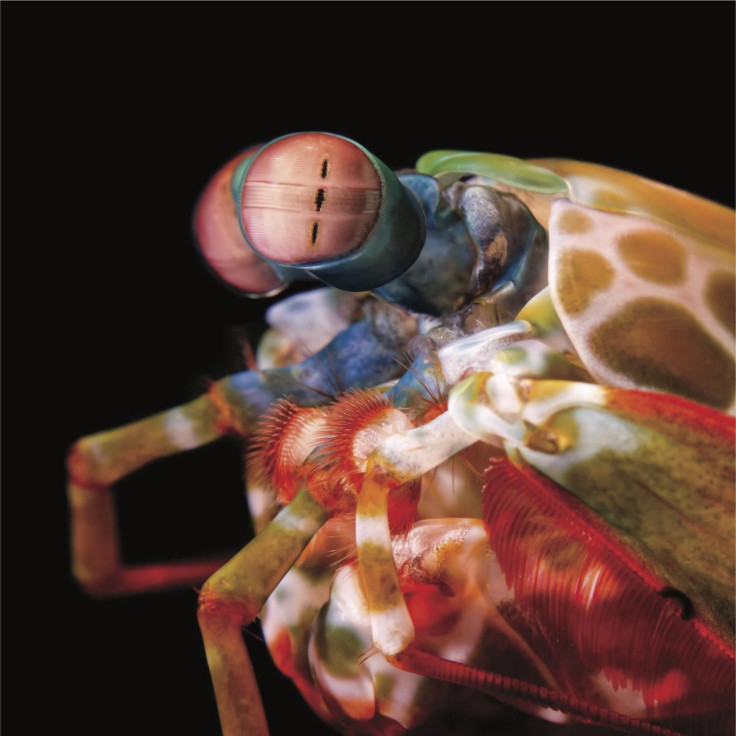Mantis Shrimp’s Vision Is Unaffected By Any Type Of Motion, Scientists Find

They can move independent of each other, both up and down and from side to side, and given how they are at the ends of stalks, the two eyes of a mantis shrimp can also roll about separately in completely different directions. And none of this affects negatively the unique animal’s ability to see perfectly clearly, scientists have learnt.
Neither a mantis or a shrimp, the mantis shrimp is a marine creature (from the order Stomatopoda, with about 400 known species, all in the same suborder Unipeltata) which is known for a host of unusual properties, such as a club-like appendage that packs one of the most powerful strikes for any animal. In some species, the appendage is more like a spear with which they stab their prey. The club-type appendage and its powerful movement is studied by researchers for biomimicry — inspiration from animals to create items for human use.
But it is the eyes of the mantis shrimp that perhaps fascinate scientists the most. It has one of the most complex and elaborate visual systems known for any animal. It has 16 types of color-receptor cones, compared to the three that humans have, and can even see in the ultraviolet, as well as polarized light. The eyes themselves, perched at the end of eye-stalks like many crustaceans, can move completely independent of each other — up and down, side to side, as well as rotating in different directions at the stalk-ends.
A team of researchers set out to understand the point at which the mantis shrimp rests the motion of its eyes to steady its gaze, so it can look at things clearly. They found that even when the creature was rolling its eyes about, and they were at an angle perpendicular to each other, it could still see its intended target clearly. This remained the case irrespective of the position of the eyes, in respect to each other, or how quickly the animal was moving them, which it was seen to do almost constantly.
“It would be like you tipping your head on its side, then back to normal and all angles in between all while trying to follow the motion of a target. Just to make things even more confusing, the left and right eyes can move completely independently of one another, such that one eye could be oriented horizontally, while the other could be twisted completely through 90 degrees to be on its side,” Ilse Daly from University of Bristol, United Kingdom, and lead author of a new study, said in a statement Tuesday.
The researchers took their experiment further and checked how the mantis shrimp would see the world if the world itself was rolling around, something that would cause severe vertigo to most humans.
“We expected that, in response to the world around them apparently rolling, mantis shrimp should roll their eyes to follow their surroundings. They did not. The mantis shrimp visual system seems entirely immune from any negative effects of rolling their eyes. Indeed, it appears as though rolling has absolutely no effect on their perception of space at all: up is still up, even when their eyes have rolled completely sideways. This is unprecedented in the animal kingdom,” Daly said.
Next, researchers want to understand how and why this happens. They also want to know why the mantis shrimp has the seemingly uncontrollable urge to roll its eyes all the time.
The research was published Tuesday in the journal Proceedings of the Royal Society B, under the title “Complex gaze stabilization in mantis shrimp.”
© Copyright IBTimes 2025. All rights reserved.





















